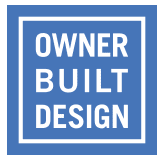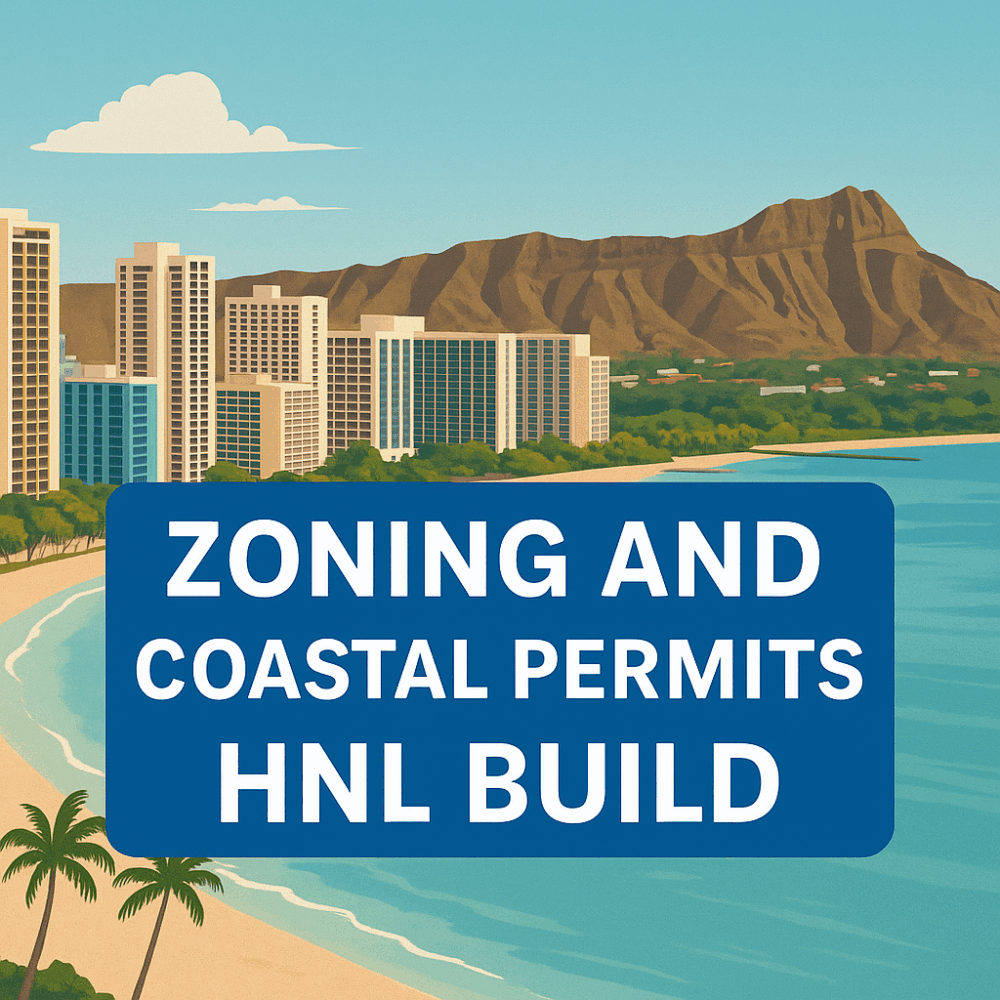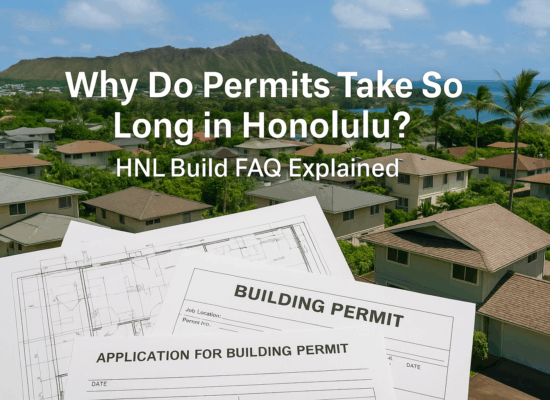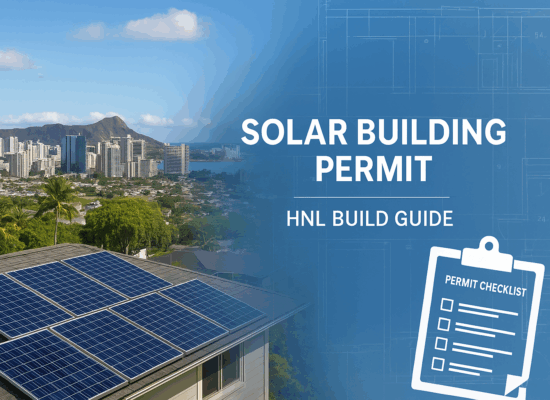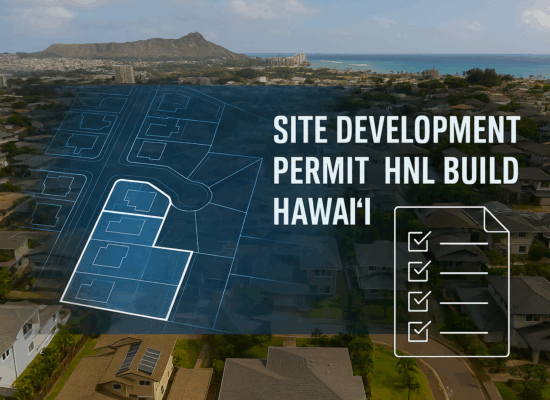
Understanding Zoning and Coastal Permits
Zoning and coastal permits ensure that development in Honolulu complies with land use designations, environmental protections, and shoreline management laws. While listed separately in the portal, both permit types follow nearly identical workflows. This makes the online system more predictable, whether you’re applying for an affordable housing cluster, country district project, or a coastal shoreline modification.
Starting Your Application
When beginning an application, select either a zoning or coastal permit. A helpful information link at the top of the screen explains which permit is best for your project. Each option includes descriptions tailored to zoning categories such as affordable housing, agricultural clusters, or country residential permits. Some also link directly to detailed instructions on the City’s website.
Important tip: Do not use your browser’s back arrow. This will erase your progress and force you to restart the application. Instead, always use the previous button at the bottom of the screen.
Project and Parcel Information
Applicants can either connect to an existing project or start a new one. For new projects, you must specify whether the development is public or private. You’ll also be asked to link parcels by entering the TMK (Tax Map Key).
If you don’t know your TMK, the portal includes a link to an interactive parcel and zoning map. Simply search by property address to retrieve the correct TMK. This ensures that your project details align with city records and zoning restrictions.
Defining Project Scope
Every permit application requires three key details:
- Total square footage of the project
- Current use of the property or building
- Job description summarizing the work
Depending on the permit type, additional subcategories may apply. For example, a cluster permit might be categorized as agricultural, housing, or country cluster development.
Adding Owners and Agents
The system requires both a property owner and an authorized agent. Even if they are the same person, both roles must be filled. You’ll need to identify their relationship to the project and their access level within the application. Missing or invalid contacts will delay review or lead to outright rejection of your application.
Uploading Required Documents
Zoning and coastal permits often require detailed documentation, from site plans to environmental impact assessments. Documents marked with an asterisk (*) are mandatory. Always double-check that you have uploaded all required files before submission to avoid unnecessary delays.
Submitting and Paying Fees
Once you’ve reviewed your summary page, the system will display payment options. Some permits require upfront fees before the review process begins. These fees typically include a permit fee and a review fee.
Payments can be made online via credit card (with a 2.35% processing fee) or by check/cash through mail or in-person drop-off. Receipts can be sent to a different email address if needed, though the login credentials remain tied to your account.
Tracking Your Permit
After submission, applicants can monitor progress in the permits tab. This provides real-time updates on application status, review comments, or pending requirements. Homeowners can revisit their file anytime to check for outstanding fees or document requests.
Why Zoning and Coastal Permits Matter in Hawaiʻi
For Hawaiʻi homeowners, zoning and coastal permits aren’t just bureaucratic steps—they protect communities and sensitive coastal areas from overdevelopment. Adhering to these requirements ensures your project doesn’t run into enforcement actions or costly delays. With Honolulu’s unique geography and environmental regulations, proper permitting is a critical part of sustainable homeownership.
Value-Added Commentary
Zoning and coastal permits often intimidate homeowners, but they are designed to balance growth with cultural and environmental stewardship. For example, projects along Hawaiʻi’s shoreline must account for sea-level rise and erosion risks. Meanwhile, agricultural cluster permits aim to preserve farmland while still allowing thoughtful development.
Common mistakes include submitting incomplete documents, failing to list both owner and agent, or misidentifying TMKs. Homeowners who take time upfront to confirm zoning categories, prepare accurate site plans, and upload properly labeled documents typically experience faster approvals.
At a broader level, the City’s move to online permitting helps reduce paper waste, streamline processing, and make applications accessible from anywhere. This aligns with sustainability goals and makes life easier for both residents and professionals.
Conclusion & Call-to-Action
Successfully applying for zoning or coastal permits may seem complex, but with the HNL Build online system and a little preparation, the process becomes manageable. Clear details, required contacts, and complete documentation are key to avoiding delays.
At Owner Built Design, we specialize in helping Hawaiʻi homeowners navigate design and permitting challenges—from zoning requirements to construction drawings. Whether you’re planning a coastal addition, remodel, or ADU, our team can help streamline the process. Schedule your free consultation today at ownerbuiltdesign.com and take the first step toward building your vision in Hawaiʻi.
